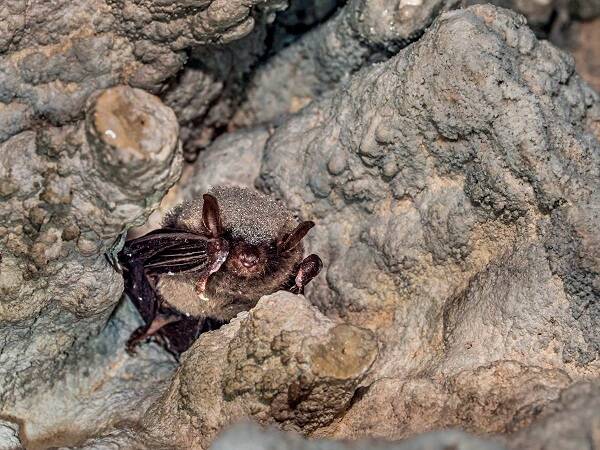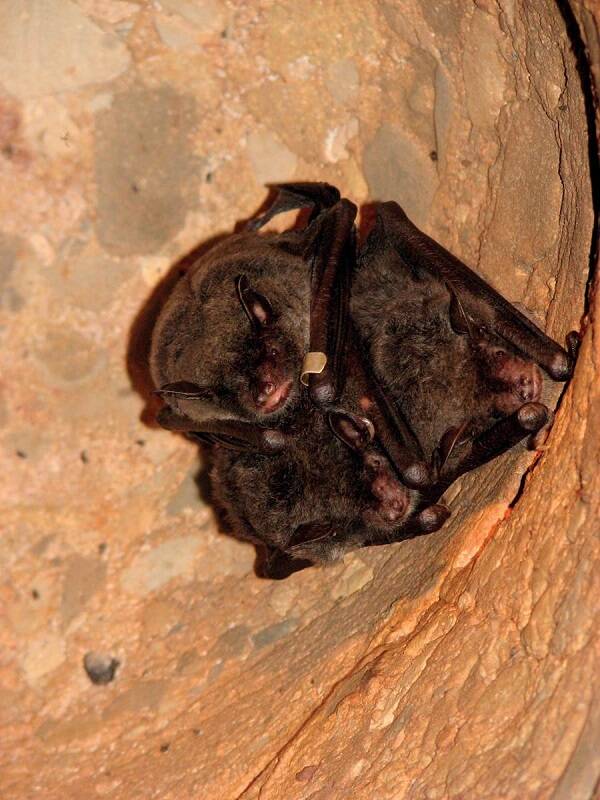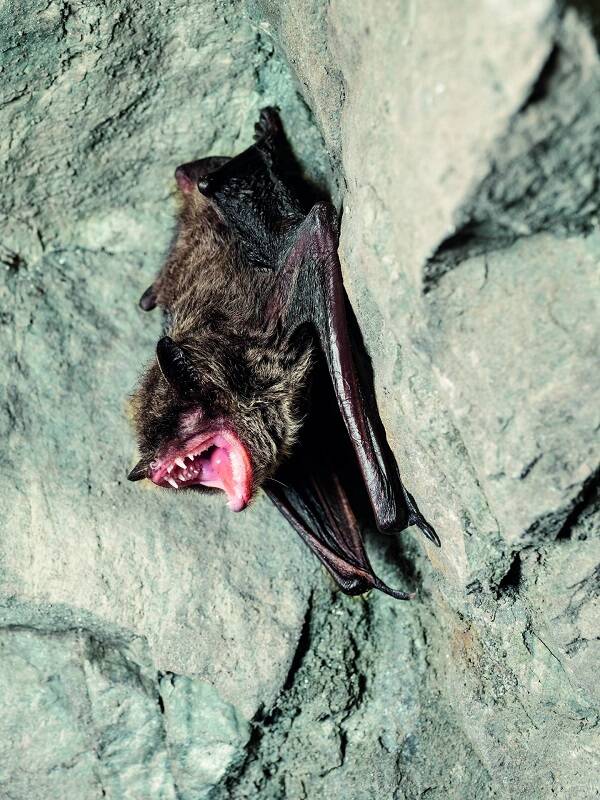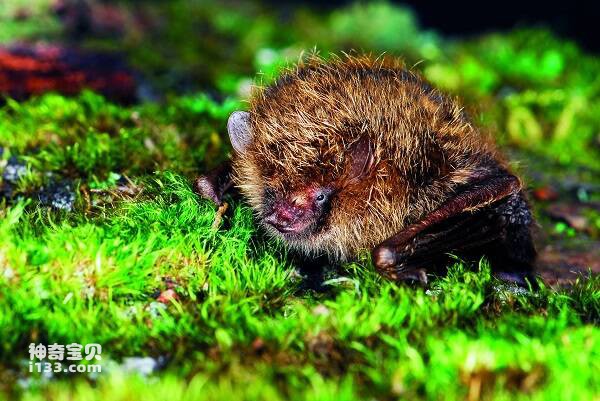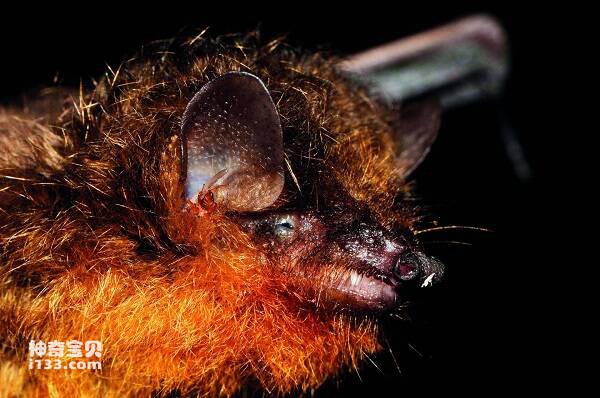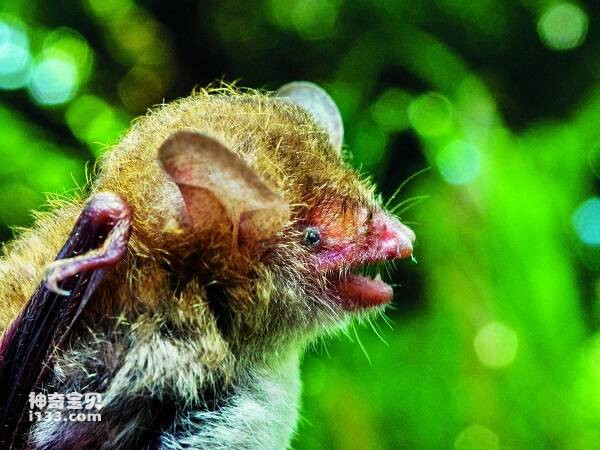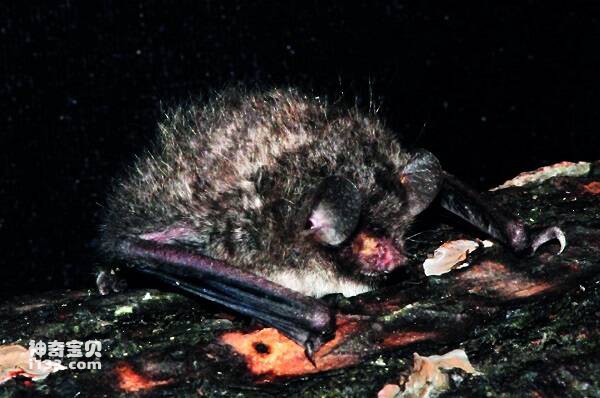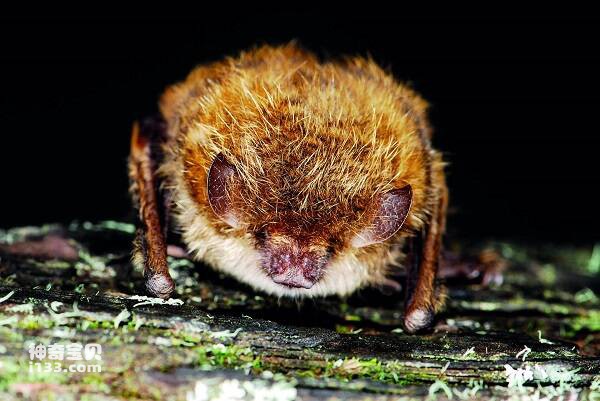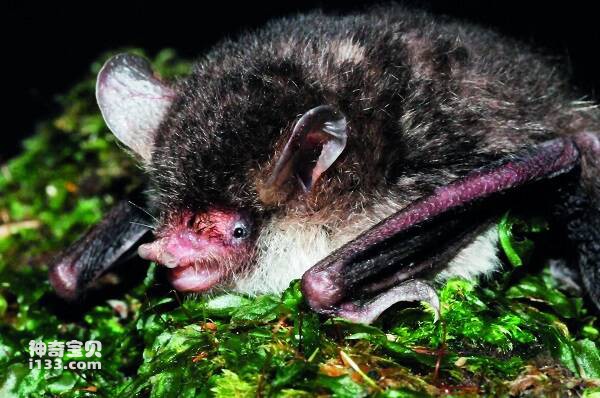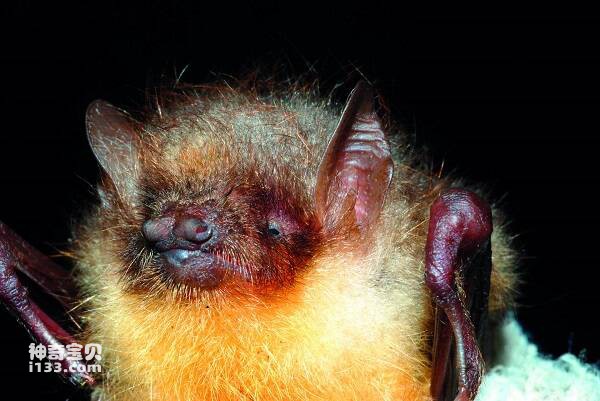Myotis chinensis
IUCN
LCBasic Information
Scientific classification
- name:Myotis chinensis
- Scientific Name:Myotis chinensis
- Outline:Chiroptera
- Family:Chiroptera Batidae Myotis
Vital signs
- length:65-90mm
- Weight:约29克
- lifetime:
Feature
One of the larger species of bat family. The head is like a mouse, but the tips of the ears are long and the front fold can reach the end of the nose.
Distribution and Habitat
In China, it is distributed in Zhejiang, Jiangsu, Fujian, Guangxi, Guangdong, Hainan, Anhui, Jiangxi, Hunan, Shaanxi, Sichuan, Chongqing, Guizhou, Yunnan and Hong Kong. It is distributed abroad in Thailand, Myanmar and Vietnam.
Chinese Myotis bats inhabit larger caves. Single or several individuals hang high on the roof walls of caves and sometimes mingle with other myotis species. He has a hibernation habit. Eat larger insects.
Appearance
It is the largest of the myotis bats, with a forearm length of 69-71mm. The ears are long and narrow at the end, and fold forward to or near the rostral end. The tragus is long and straight, about half the length of the ear. The alar membrane ends at the base of the toe. The tail is not as long as the body. The back hair is brown, the tip is grayish brown; The hair on the abdomen is dark gray.
Details
The Chinese Myotis bat is one of the larger species of bat family. It inhabits large caves, hanging single or in numbers from the roof walls of caves. Sometimes they form mixed colonies of tens or hundreds of large footed bats. Flying insects, night out of the cave to hunt, return to the cave before dawn.
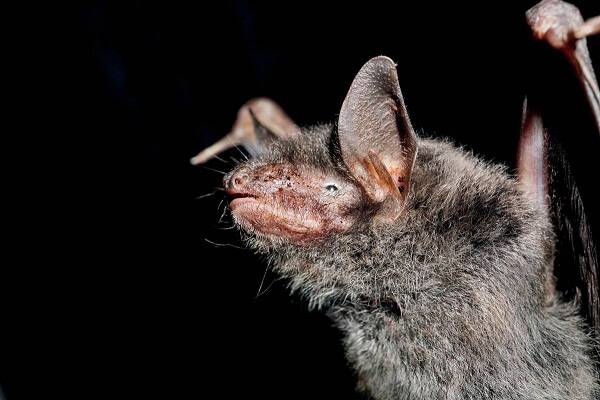
Myotis chinensis has a short hibernation period and a light sleep. Mating in October, embryo development in the following spring, litter in June, lactation period of about 20 days. It's advantageous to prey on pests. Manure can be used as medicine or fertilizer.
